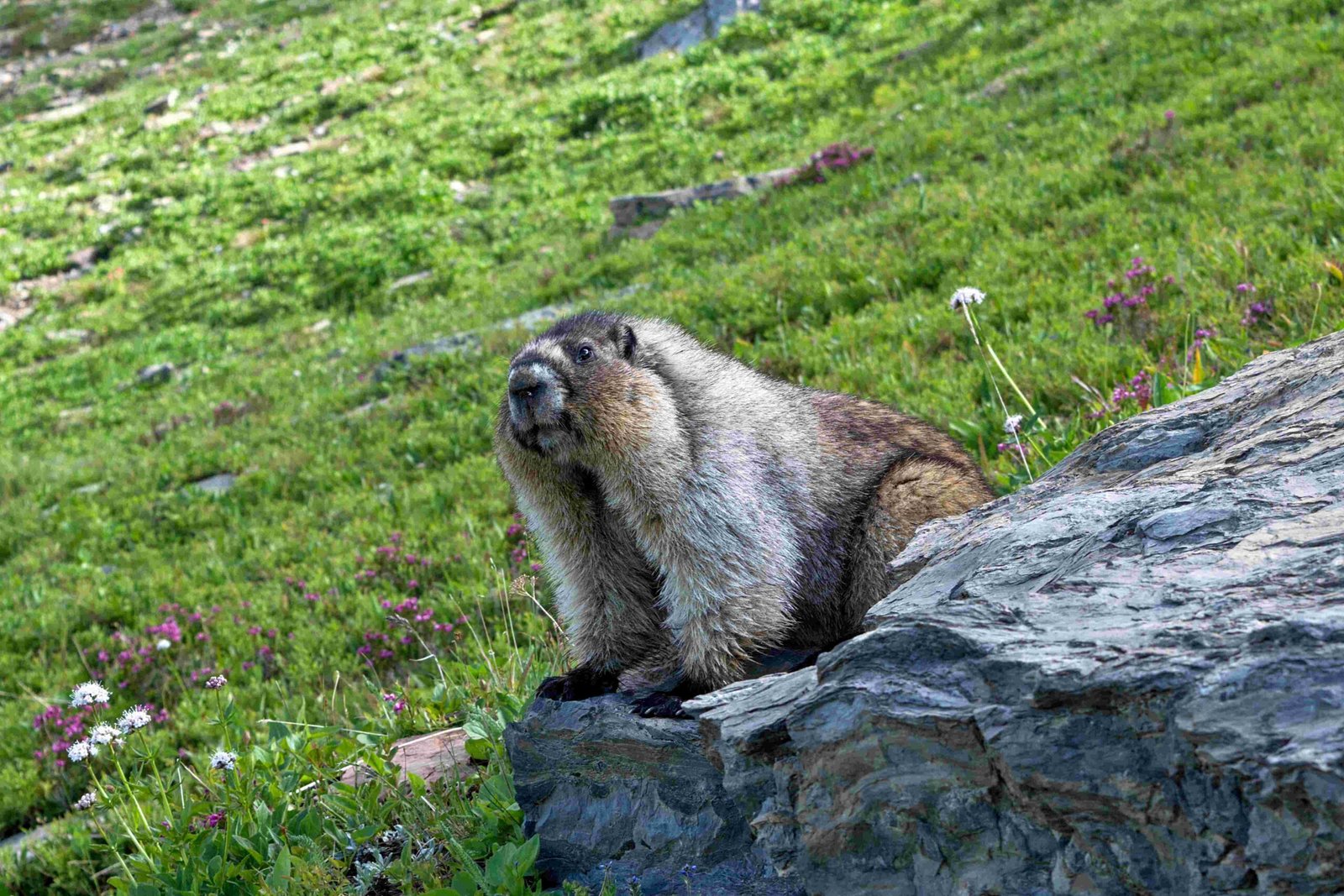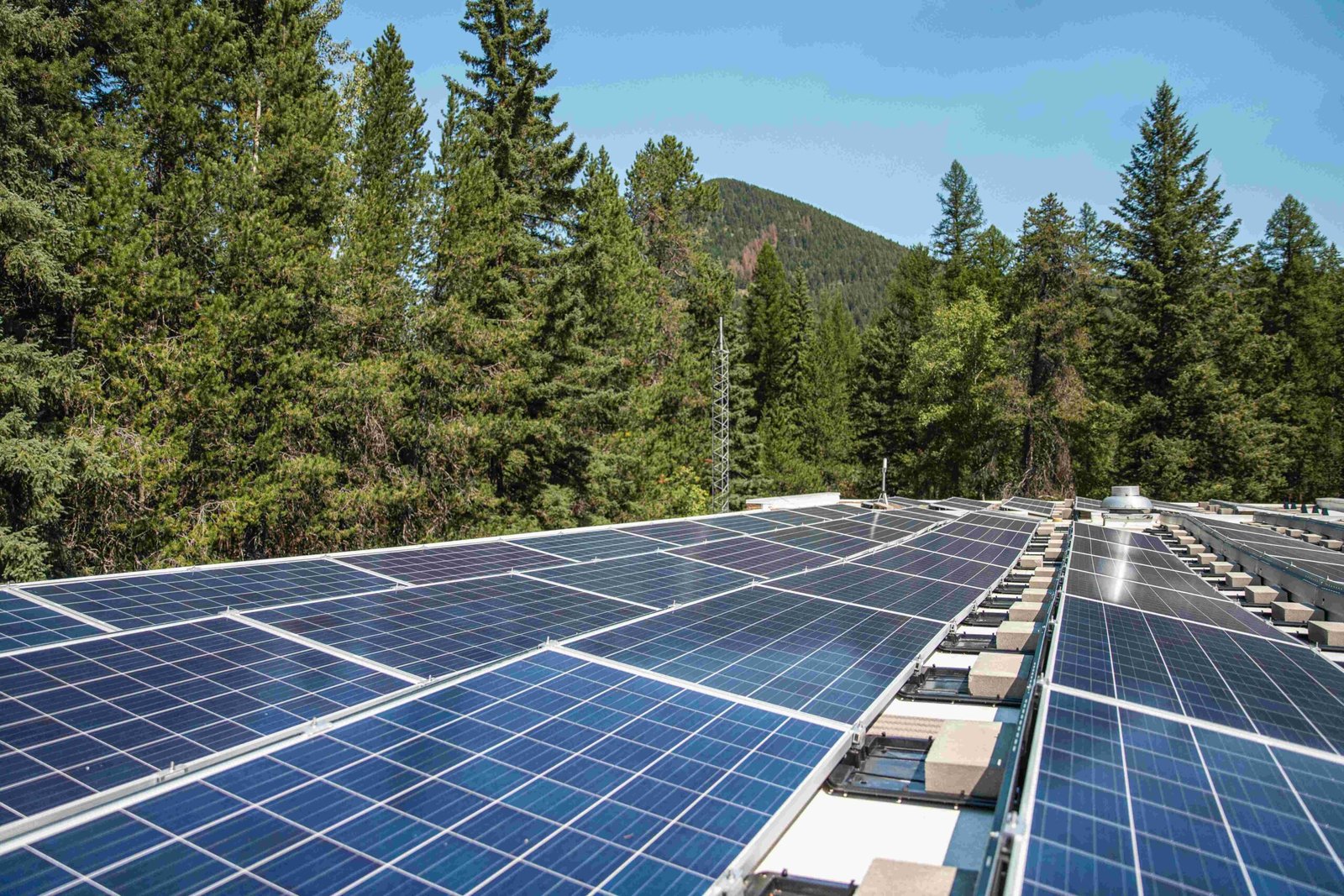Glacier National Park, known for its stunning landscapes and diverse ecosystems, is home to ancient forests that have stood the test of time. While the park doesn’t house the oldest known tree in the world, it boasts impressive specimens that have witnessed centuries of change. This article explores the oldest trees in Glacier National Park, their significance, and the importance of preserving these living relics for future generations.
What is the Age of the Oldest Tree in Glacier National Park?

While the exact age of the oldest tree in Glacier National Park is not definitively known, some of the park’s most ancient trees are estimated to be between 500 and 1,000 years old. These venerable giants, primarily Western Red Cedars and Whitebark Pines, have stood witness to centuries of environmental changes and human history.
Notable Ancient Trees in Glacier National Park:
- Western Red Cedars: Can live up to 1,000 years
- Whitebark Pines: Some specimens over 800 years old
- Douglas Firs: Can reach ages of 500+ years
- Engelmann Spruce: Known to live for several centuries
Where Can Visitors Find the Oldest Trees in Glacier National Park?

The oldest trees in Glacier National Park can be found in various locations throughout the park. Some of the most notable areas include:
- Trail of the Cedars: This accessible boardwalk trail near Avalanche Creek showcases ancient Western Red Cedars.
- McDonald Creek Valley: Home to old-growth forests with impressive specimens.
- Highline Trail: Features ancient Whitebark Pines at higher elevations.
- Avalanche Lake Trail: Offers views of centuries-old trees in a pristine setting.
How Do Scientists Determine the Age of Trees in Glacier National Park?
Scientists use several methods to estimate the age of trees in Glacier National Park:
- Tree Ring Analysis: By taking core samples and counting annual growth rings.
- Historical Records: Comparing current tree sizes with historical documentation.
- Carbon Dating: For fallen trees or stumps.
- Size and Growth Rate Estimation: Based on species-specific growth patterns.
What Factors Contribute to the Longevity of Trees in Glacier National Park?
Several factors contribute to the remarkable longevity of trees in Glacier National Park:
- Climate: The park’s varied microclimates provide ideal conditions for different species.
- Soil Composition: Rich, glacial soils support healthy tree growth.
- Natural Protection: Rugged terrain has shielded some areas from human interference.
- Conservation Efforts: Park management practices aim to preserve old-growth forests.
Why are Old Trees Important to Glacier National Park’s Ecosystem?
Ancient trees play crucial roles in Glacier National Park’s ecosystem:
- Habitat: Provide homes for numerous species of wildlife
- Carbon Storage: Act as significant carbon sinks, mitigating climate change
- Soil Stabilization: Prevent erosion in mountainous terrain
- Water Regulation: Influence local hydrology and water quality
- Biodiversity: Support a wide range of plant and animal species
What Threats Face the Oldest Trees in Glacier National Park?
Despite their resilience, the oldest trees in Glacier National Park face several threats:
- Climate Change: Altering temperature and precipitation patterns
- Wildfires: Increasing frequency and intensity of forest fires
- Insect Infestations: Bark beetle outbreaks affecting various species
- Human Impact: Visitor traffic and development pressures
How is Glacier National Park Protecting its Ancient Trees?
Glacier National Park employs various strategies to protect its oldest trees:
- Conservation Areas: Designating specific zones for minimal human interference
- Fire Management: Implementing controlled burns and fire prevention measures
- Visitor Education: Raising awareness about the importance of old-growth forests
- Research Programs: Conducting ongoing studies on tree health and longevity
- Restoration Efforts: Planting and nurturing new trees to ensure future old-growth forests
What Can Visitors Do to Help Preserve the Oldest Trees in Glacier National Park?
Visitors can contribute to the preservation of Glacier National Park’s oldest trees by:
- Staying on designated trails to minimize soil compaction
- Not carving or damaging tree bark
- Reporting any signs of tree distress or illegal activities to park rangers
- Supporting conservation efforts through donations or volunteer work
- Practicing Leave No Trace principles during park visits
How Do the Oldest Trees in Glacier National Park Compare to Other Ancient Trees Worldwide?
While Glacier National Park’s oldest trees are impressive, they are relatively young compared to some of the world’s most ancient trees:
| Tree | Location | Estimated Age |
|---|---|---|
| Methuselah (Bristlecone Pine) | California, USA | 4,853+ years |
| Alerce Milenario (Patagonian Cypress) | Chile | 3,600+ years |
| Sarv-e Abarkuh (Mediterranean Cypress) | Iran | 4,000+ years |
| Gran Abuelo (Patagonian Cypress) | Chile | 3,600+ years |
| Oldest Tree in Glacier National Park (Western Red Cedar) | Montana, USA | 500-1,000 years |
What Lessons Can We Learn from the Oldest Trees in Glacier National Park?
The ancient trees of Glacier National Park offer valuable insights:
- Resilience: Demonstrating adaptation to changing environments over centuries
- Interconnectedness: Illustrating the complex relationships within forest ecosystems
- Time Perspective: Providing a living connection to past climates and landscapes
- Conservation Importance: Highlighting the need to protect natural heritage
- Scientific Value: Offering opportunities for research on climate history and forest ecology
In conclusion, while Glacier National Park may not house the world’s oldest tree, its ancient forests are invaluable treasures that deserve our respect and protection. These living monuments stand as testaments to the enduring power of nature and remind us of our responsibility to preserve these wonders for future generations.
References:
1. Glacier National Park Official Website
2. USDA Forest Service – Ancient Bristlecone Pine Forest
3. National Geographic – Oldest Trees